News 4/10/14
HHS releases data for over 880,000 healthcare providers who collectively received $77 billion in Medicare payments in 2012. The agency notes that “with this data, it will be possible to conduct a wide range of analyses that compare 6,000 different types of services and procedures provided, as well as payments received by individual health care providers.”
Look for many more reports like this one published by The Wall Street Journal as organizations begin downloading and manipulating the Medicare payment data. The WSJ determined that the top one percent of the 825,000 individual medical providers accounted for 14 percent of the $77 billion in payments, and 344 providers received more than $3 million each.
I’m not sure the average physician needs to be too worried that a nosy neighbor will now be able to figure out what the government has been paying him/her because downloading and manipulating the data isn’t the simplest exercise. The data is available in a tab delimited file format which I am sure works great if you have statistical software to do the manipulations. Most folks don’t, so they’ll have to download an Excel version of the data. The files are broken down by the letters of the alphabet and are still huge (“S,” for example, is 168MB.) Because of the size, each file takes a couple minutes to download. When I tried to download a second file/letter of the alphabet, it caused Excel to crash, though admittedly I had quite a few other windows open at the time. But, let’s say you successfully download a file. The next step would be to filter about a million (seriously) lines of data to find a particular physician and then figure out the appropriate payment figure (submitted amount vs. payment amount). Even if you pick the correct reimbursement figure, you’d then need to multiple it by the correct number of encounters (even more difficult to decipher). Of course, keep in mind that the each provider’s data excludes procedures performed on fewer than 10 Medicare patients, so probably whatever final number you derive, it’s probably incomplete.
The HHS OIG reverses an 2011 advisory opinion that had allowed athenahealth to charge $1 to providers not on the athena network for processing their test orders. The termination means that athena can no longer distinguish between in-network and out-of-network providers and will therefore charge $1 for all orders. In reconsidering its position, the OIG concluded the arrangement could violate anti-kickback statues. Meanwhile, athenahealth calls the reversal a “setback” for sustainable HIE.
Lakeland Regional Health Systems (FL) will expand its use of Allscripts ambulatory EHR and PM, utilize Allscripts managed services, and implement Allscripts Payerpath financial management software. Last year Lakeland acquired Clark & Daughtrey Medical Group, an existing Allscripts customer.
e-MDs adds PDR Brief to its EHR, giving users enhanced drug information and alerts from PDR Network.
CMS develops a Stage 2 Meaningful Use Attestation Calculator to help providers determine if they can successfully meet Stage 2 requirements by identifying a pass/fail summary for each measure.
Individuals posing as patients covered by private insurance were more likely to secure a new-patient appointment with a primary care physician than other “secret shoppers” posing as patients covered by Medicaid or uninsured, according to researchers from the Perelman School of Medicine at the University of Pennsylvania. Researchers placed a total of 12,907 calls to 7,788 primary care practices to secure new appointments. Eighty-five percent of patients with private insurance obtained appointments, compared to 58 percent with Medicaid, 79 percent with no insurance but willing to pay in full with cash, and 15 percent with no insurance but willing to pay $75 or less at the time of service.
An Institute of Medicine report recommends including information on patients’ social influences and behavioral habits in their EHRs, arguing the data can help improve outcomes and advance public health research efforts.
Harmony Healthcare IT, which provides support for 3,000 Medical Manager PM systems, partners with ZirMed to provide users an ICD-10-ready claims submission solution. Wow, who knew there so many practices still running Medical Manager?
Independence Blue Cross (PA) and the physician practice arm of dialysis provider DaVita launch Tandigm Health, a new healthcare business model that aims to reduce care costs of chronically ill patients by working to keep them out of the hospital. Tandigm will offer primary care physicians higher reimbursement rates and access to analytical tools and real-time data to help patients better self-manage their conditions, as well as provide monitoring tools for use in patients’ homes. The press release is short on details so it’s unclear what penalties the participating physicians will incur if care costs don’t decline.
Health plans must honor physician requests to use the Automated Clearing House (ACH) Network to conduct EFT and ERA transactions, according to a CMS administrative simplification email update. CMS also notes that health plans cannot charge a fee or use any other method to encourage a physician to use an alternative payment method other than EFT through the ACH Network, and, physicians are not required to use EFT.
Since I hate robocalls, I’m thinking about sending a link to this story to all my doctors. Vanderbilt Medical Group (TN) reports a 50 percent response rate for text message appointment reminders, compared to a 30 percent response rate for robocalls. The higher response rate and the associated backfilling of cancelled visits has translated to 50 fewer no-shows per day.
Email Inga.

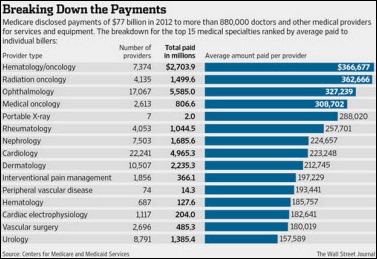
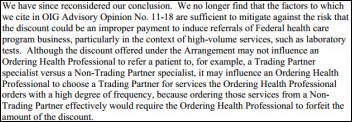

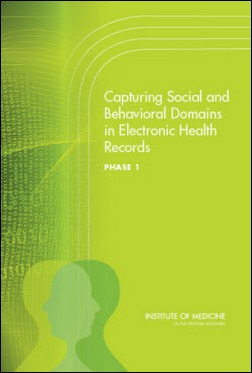

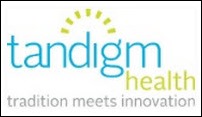


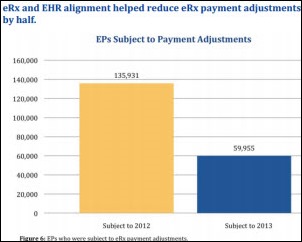
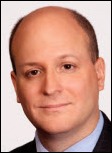
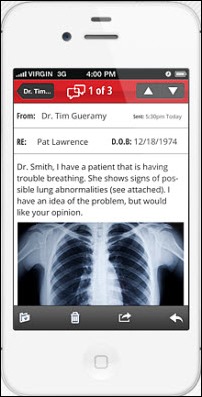





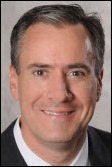
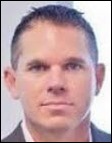





The article about Pediatric Associates in CA has a nugget with a potentially outsized impact: the implication that VFC vaccines…